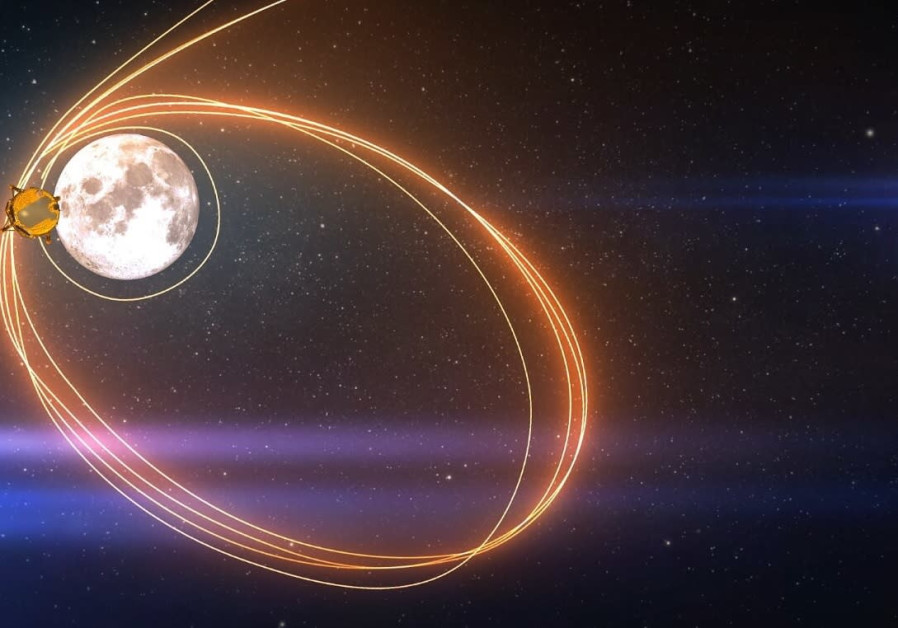Scientists reveal Beresheet spacecraft lunar landing site

Beresheet and its route to the moon . (photo credit: SPACEIL)
A team of scientists from the Weizmann Institute of Science and SpaceIL engineers have identified the site for Israel’s Beresheet spacecraft’s lunar landing.
According to a release disseminated by the Weizmann Institute, the chosen site was selected by Prof. Oded Aharonson and Prof. Jim Head of Brown University. It is located in the northeastern part of Mare Serenitatis, a few hundreds of miles east of the Apollo 15 landing site and a similar distance northwest from the Apollo 17 site.
Join Jerusalem Post Premium Plus now for just $5 and upgrade your experience with an ads-free website and exclusive content. Click here>>






Comments are closed.